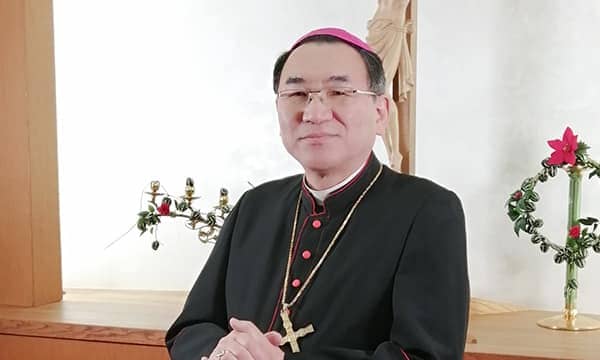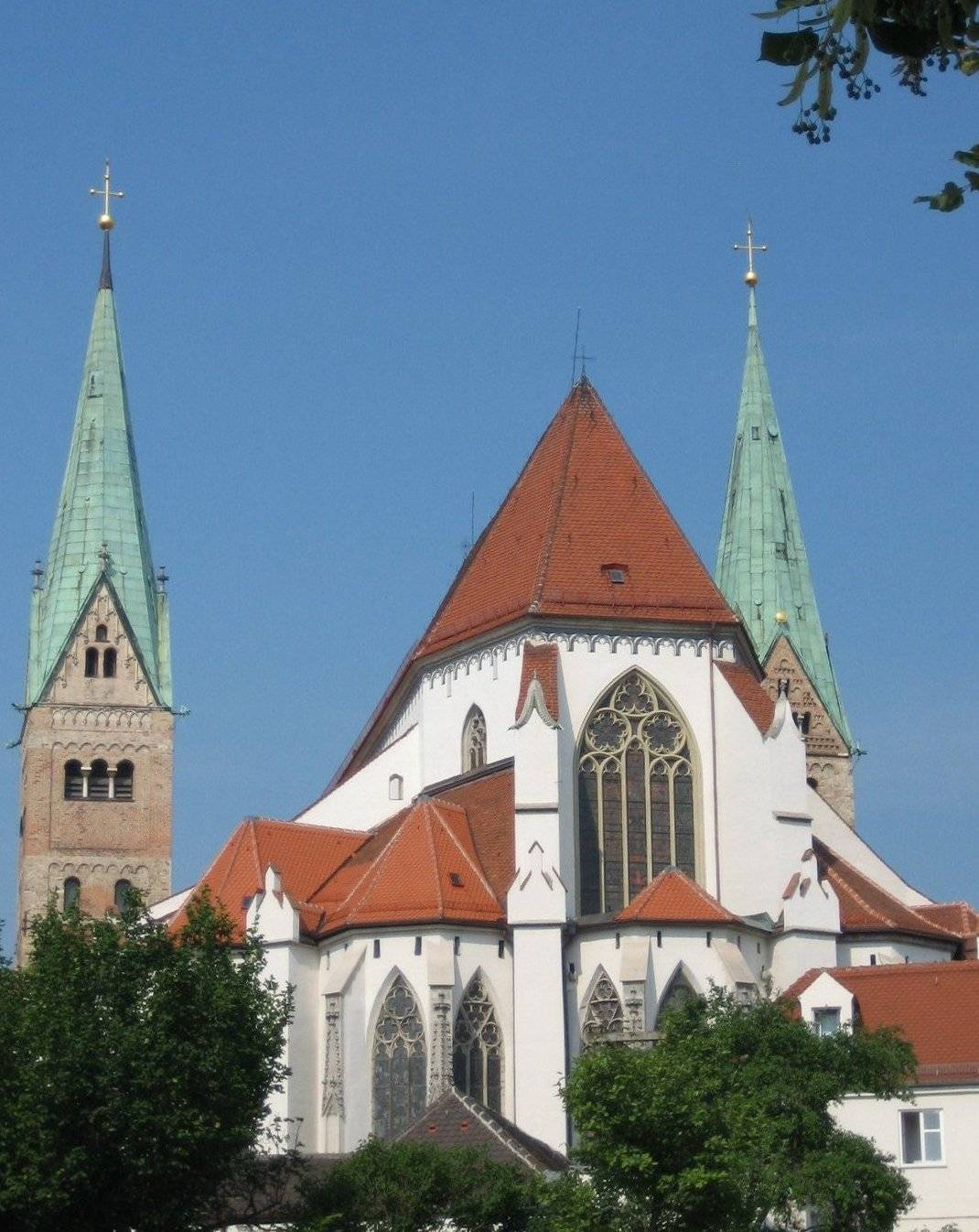Having already made saints of two of his predecessors, Popes John XXIII and John Paul II, Francis is set to move ahead with the sainthood cause of yet another former pontiff.
On Saturday the Vatican announced that a miracle has been approved for Pope Paul VI, who reigned from 1963 to 1978, and that the Italian pope would be beatified, the final step before sainthood, on Oct. 19.
The miracle comes from the United States, and reportedly involves the healing of an unborn child diagnosed with a severe risk of brain damage. Doctors recommended abortion.
The mother instead prayed for Paul’s help, clutching a fragment of the pontiff’s garments given to her by a friend, and the child was eventually born safely after a caesarean section.
The beatification ceremony will take place on the closing day of a Synod of Bishops set for October in Rome, devoted to discussion of issues involving the family.
Four points about the beatification of Paul VI are worth drawing out.
First, Giovanni Battista Montini, the given name of Paul VI, may be the modern pope whom Francis most closely resembles. Both were men of governance: Montini, a veteran of Vatican service, and Jorge Mario Bergoglio, a former Jesuit superior and archbishop of Buenos Aires.
Like Francis, Montini tried to reconcile the church’s progressive and traditionalist wings. Just like today, under Paul VI, it was the hard-liners on either end of the spectrum who were out of favor and the moderates who seemed to get the plum jobs.
In another parallel with Francis, Paul VI launched an ambitious program of Vatican reform, designed to make the Vatican more international, more efficient, and more collegial, meaning more disposed to consult rather than to impose, and more driven by a spirit of service to local churches around the world. It’s a somewhat ambivalent precedent, because most observers would say Paul’s reform was only partly successful, and it remains to be seen whether Francis can finish the job.
Second, the beatification of Paul VI is another confirmation by Francis of his commitment to Vatican II (1962-65), the reforming assembly of bishops that set Catholicism on a path of openness to the wider world. John XXIII was the father of the council and John Paul II its great apostle; Paul VI was the pope who brought it in for a safe landing and kept the church together in its turbulent aftermath.
Third, this beatification ought to lay to rest any lingering doubt as to whether Francis truly is a “pro-life” pope.
Not only was Paul VI the pontiff who gave the world the 1968 encyclical Humanae Vitae, reiterating the church’s ban on birth control, but the miracle clearing his path to beatification involves the healing of an unborn child and a mother who refused an abortion.
Fourth, staging the ceremony in conjunction with the Synod of Bishops is another indication of how important that institution is to Francis as an expression of collegiality, meaning the determination to make sure the voices of local bishops and other actors in the church are heard in Rome.
Paul VI founded the synod in 1965 and presided over its first five meetings, and in some ways it’s the feature on the contemporary Vatican landscape most associated with his reign.
















